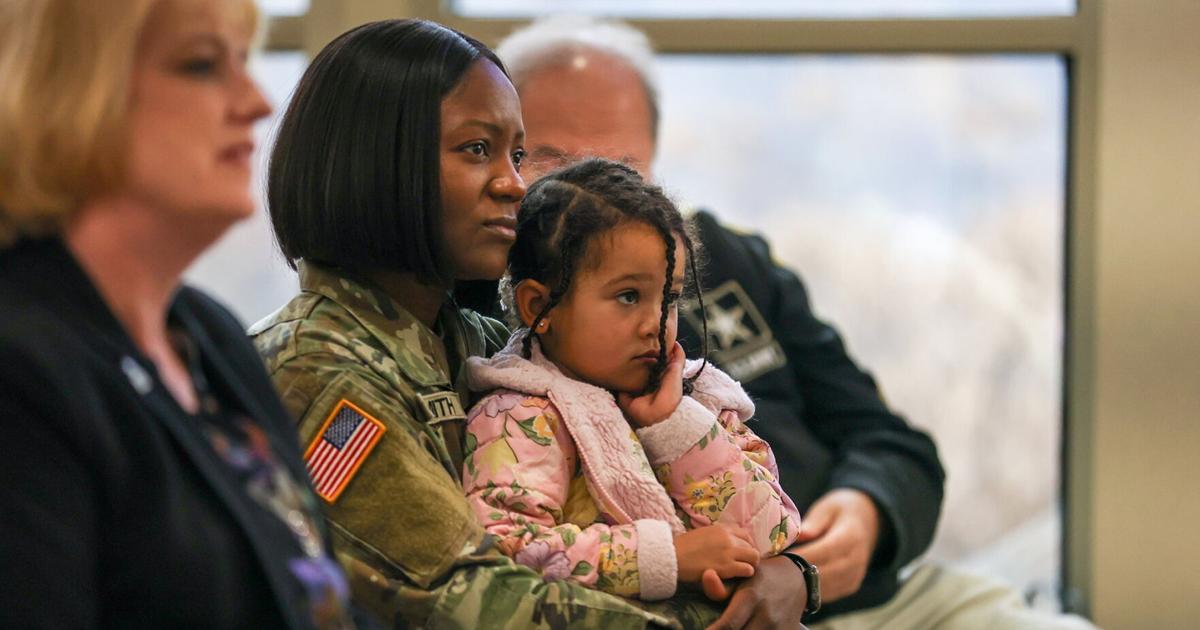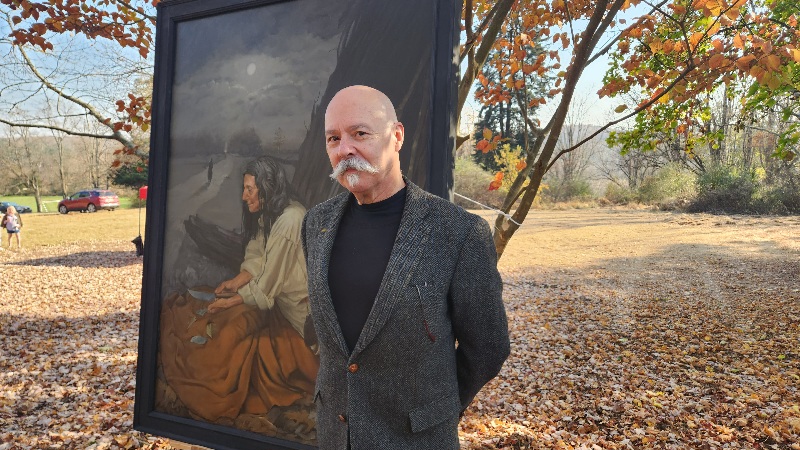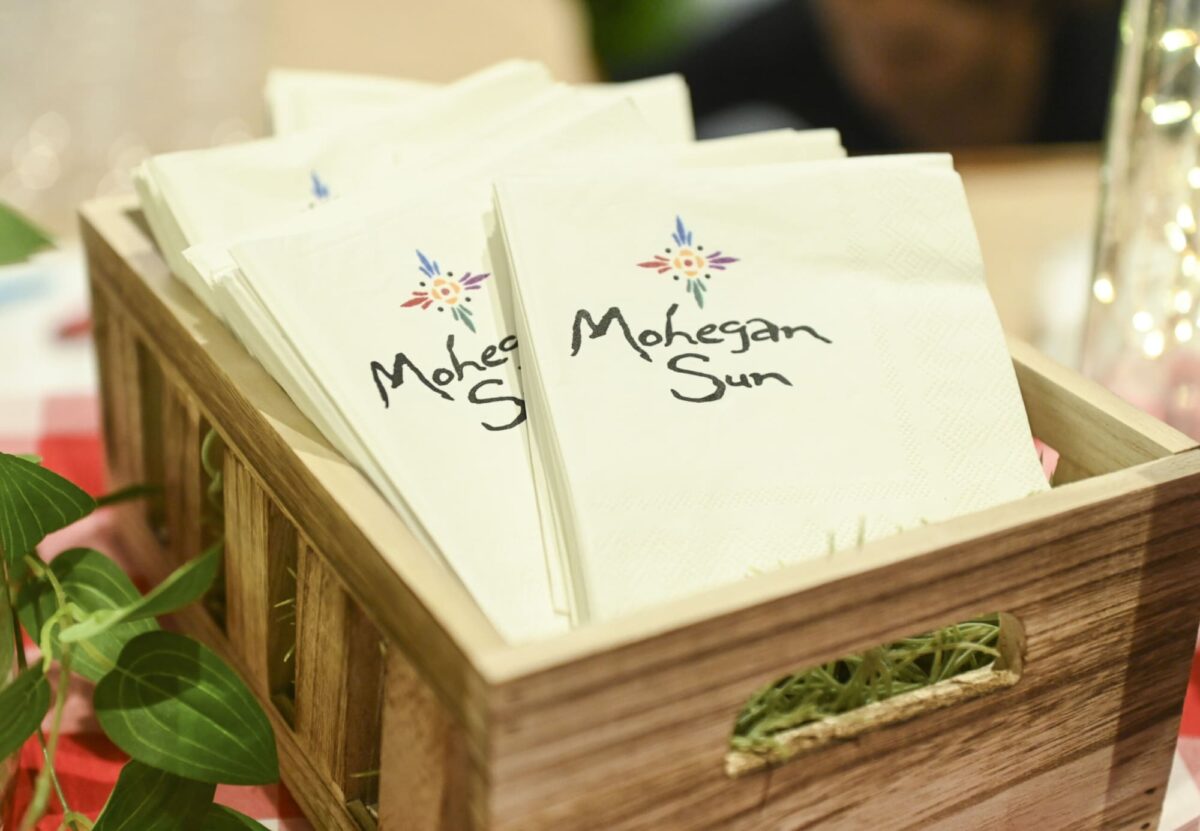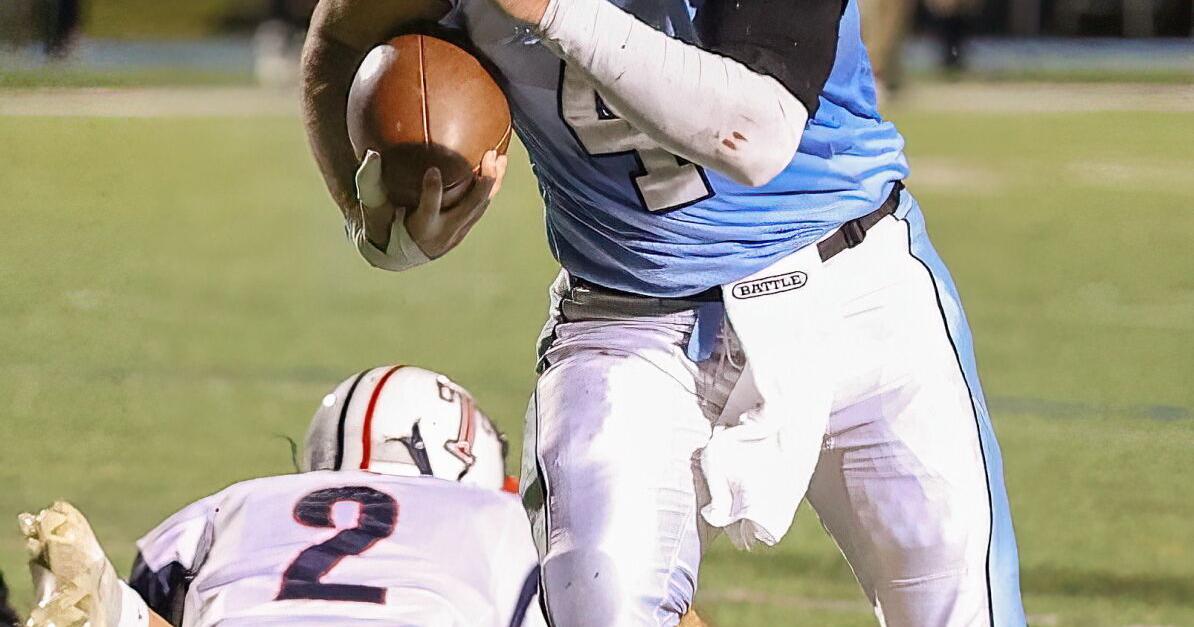Unearthing Michigan’s Pre-Statehood Inhabitants
Before Michigan’s admission to the Union in 1837, the region was a tapestry of Native American tribes, each with its own distinct culture and history. The primary inhabitants were the Anishinaabe groups, which included the Ojibwe (Chippewa), Odawa (Ottawa), and Potawatomi peoples. These tribes were part of the Algonquian language family and were known for their intricate trade networks, seasonal migrations, and the cultivation of corn, beans, and squash.
European Encounters and Territorial Changes
The first European to set foot in what would become Michigan was the French explorer Étienne Brûlé in 1620. Subsequently, French fur traders and Jesuit missionaries established outposts and relationships with the indigenous populations. The region fell under British control after the French and Indian War and was later ceded to the newly formed United States following the American Revolution, under the Treaty of Paris in 1783.
Transition to Statehood
As American settlers moved westward, tensions rose with the Native American tribes, leading to a series of conflicts and treaties that would gradually cede tribal lands to the U.S. government. The 1807 Treaty of Detroit, for example, was a significant land cession that paved the way for increased American settlement. By the time Michigan became the 26th state, the indigenous population had been greatly diminished and displaced through these treaties and subsequent policies.
FAQ
Q: What are the Anishinaabe tribes?
A: The Anishinaabe tribes are a group of culturally related indigenous peoples in the Great Lakes region, including the Ojibwe, Odawa, and Potawatomi.
Q: How did European contact affect the Native American tribes in Michigan?
A: European contact introduced trade, disease, and conflict, which significantly altered the lives and territories of Native American tribes in Michigan.
Q: What was the Treaty of Detroit?
A: The Treaty of Detroit was an 1807 agreement between the United States and several Native American tribes,…










 Mary Kathryn Nagle
Mary Kathryn Nagle